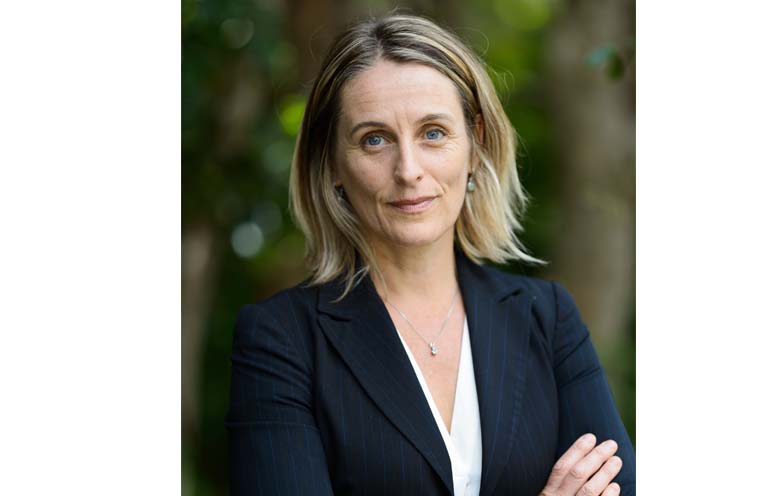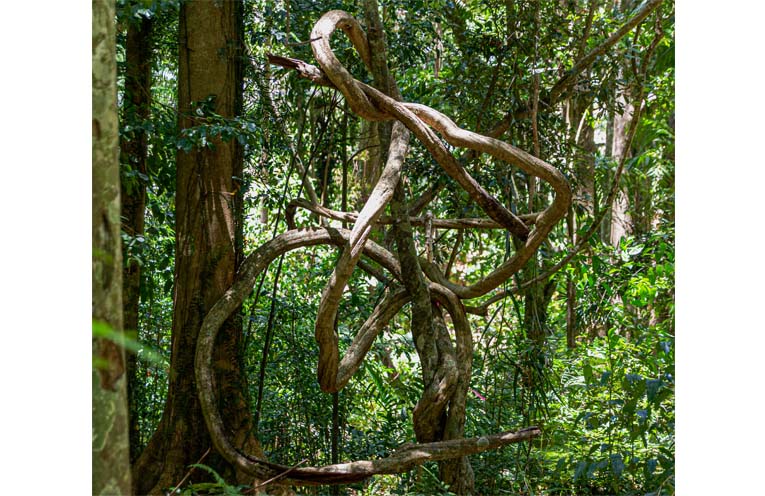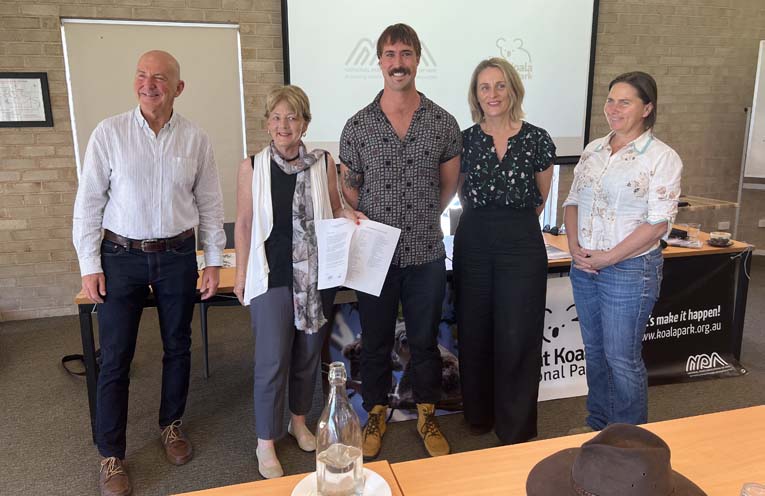
THE failings of the Biodiversity Offsets Scheme (BOS) set out by NSW Department of Planning and Environment have been exposed during the fight to stop Transport for NSW (TfNSW) destroying the Scrub in West Coffs, or Grandpa’s Scrub, as some have named it, during construction of the Coffs Bypass beginning in 2023.
This last remaining stand of original critically endangered White Booyong Lowland Rainforest in the Coffs Creek basin is currently destined to be destroyed.
 Advertise with News of The Area today.
Advertise with News of The Area today.It’s worth it for your business.
Message us.
Phone us – (02) 4981 8882.
Email us – media@newsofthearea.com.au
TfNSW has chosen a property, many kilometres away in the Upper Kalang, with no cultural or heritage connection to the Coffs Harbour community, to offset this destruction as is legally required.
News Of The Area spoke with Sue Higginson, Greens Member of the NSW Legislative Council about the current Biodiversity Offsets Scheme purchase.
“I understand that the NSW Government, through TfNSW, is claiming to have purchased a property with rainforest in the Kalang Headwaters to offset or compensate for the biodiversity destruction and loss resulting from (building) Coffs Harbour bypass,” said Ms Higginson.
“This is deeply troubling for a number of reasons.
“Firstly, no offset scheme with integrity allows the offsetting of critically endangered ecological communities or species.
“Once something is critically endangered it means it is literally on the brink of extinction, that it cannot withstand any more loss or destruction and it needs a recovery program.
“Secondly, any offsetting must be like for like, meaning you can only destroy the same biodiversity that you are protecting on the offset site.
“I understand that the rainforest the Government has purchased is totally different to the White Booyong Lowland Rainforest proposed to be destroyed.”
The NSW Parliamentary Inquiry into the Integrity of the Biodiversity Offsets Scheme handed down its report last month.
“It found that the NSW Biodiversity Offset Scheme is lacking in integrity and the rules around offsetting in NSW are so lax, they are likely contributing to biodiversity loss,” Ms Higginson said.
This is consistent with the findings of the Auditor General who in a report tabled in August this year (2022) found that the NSW Government had fundamentally failed to design or implement an effective scheme for biodiversity offsets.
“The scheme in NSW is so problematic, the Auditor General found that the current Government was allowing developers to pay money into a fund to destroy biodiversity with no guarantee that an appropriate offset could be found and protected,” she said.
Offsets are just one element within a scheme where strict rules designed to stop biodiversity loss apply.
The Organisation for Economic Co-operation and Development (OECD), says that biodiversity offsets are intended to be implemented as the ‘final step of a mitigation hierarchy’ whereby reasonable first steps are taken to avoid and minimise the negative impacts.
“Despite calls TfNSW have yet to show what steps have been taken in any mitigation hierarchy to avoid and or minimise harm to this patch of critical biodiversity.
“We are in the days following COP 15, the 15th Conference of the Parties to the United Nations Convention on Biological Diversity, where our Federal Environment Minister went into bat hard on the world stage with Governments from all across the world, to end the war against nature and committing to halt the loss of biodiversity.
“Australia now has committed to the goals of zero more extinctions, protecting more land and water and regenerating biodiversity.”
TfNSW have known about this precious remnant since it was flagged by Council and private individuals in 2018/19.
They have also known about other potentially significant areas of unique biodiversity in bushland further north in the Korora basin containing two new species – Coffs Fontainea and Coffs Pittosporum – “and yet have chosen to preference agricultural land in direct contravention of the EPBC Act”, according to Ms Higginson.
“The NSW Government and TfNSW are breaking the rules here.
“They must step up and do better,” she said.
“Major infrastructure can be built without biodiversity loss of this scale.
“It is really hard to reconcile how we would contemplate disturbing and destroying such rare and valuable assets for a road that should have been designed, and now should be re-designed to avoid them.
“The divisive false dichotomy that they are pitching here is wrong, short sighted and unfair.”
A spokesperson for the local advocacy group working to preserve the Scrub told NOTA, “Of course at this late stage TfNSW will use time delays and cost as their excuse for pushing ahead.
“Their claims regarding suitable local offset sites containing like-for-like White Booyong, alleged issues with further land purchases and difficulty with meeting curve requirements have yet to be validated.”
By Andrea FERRARI


